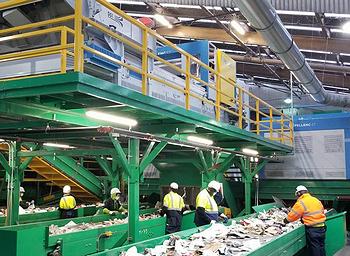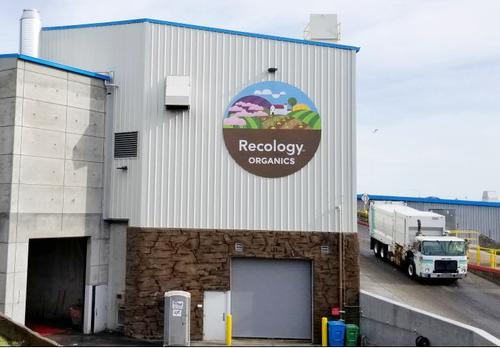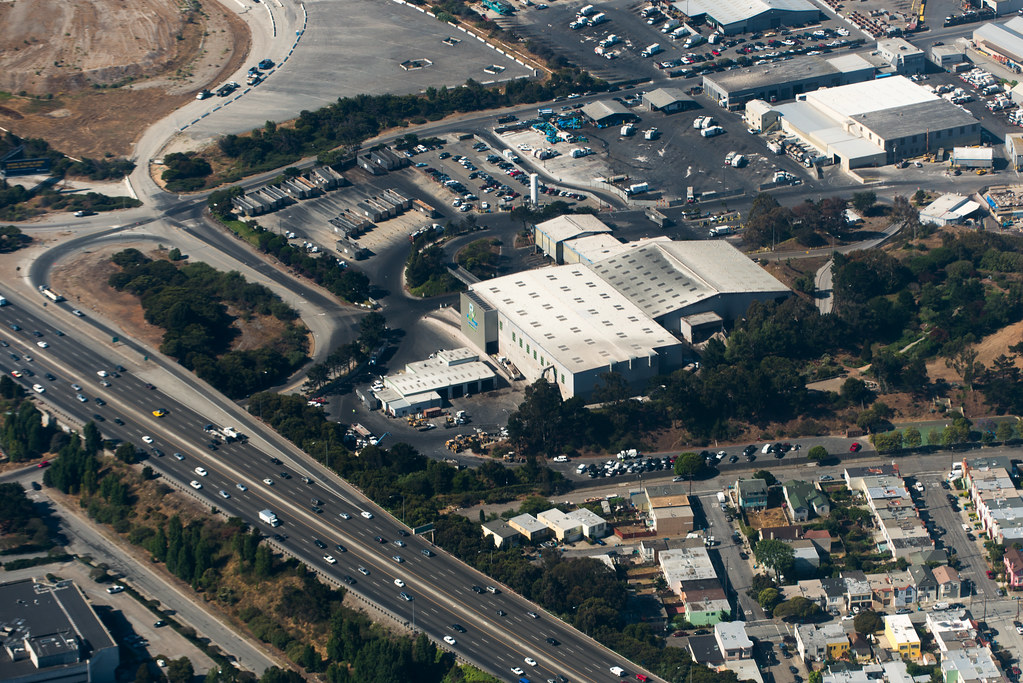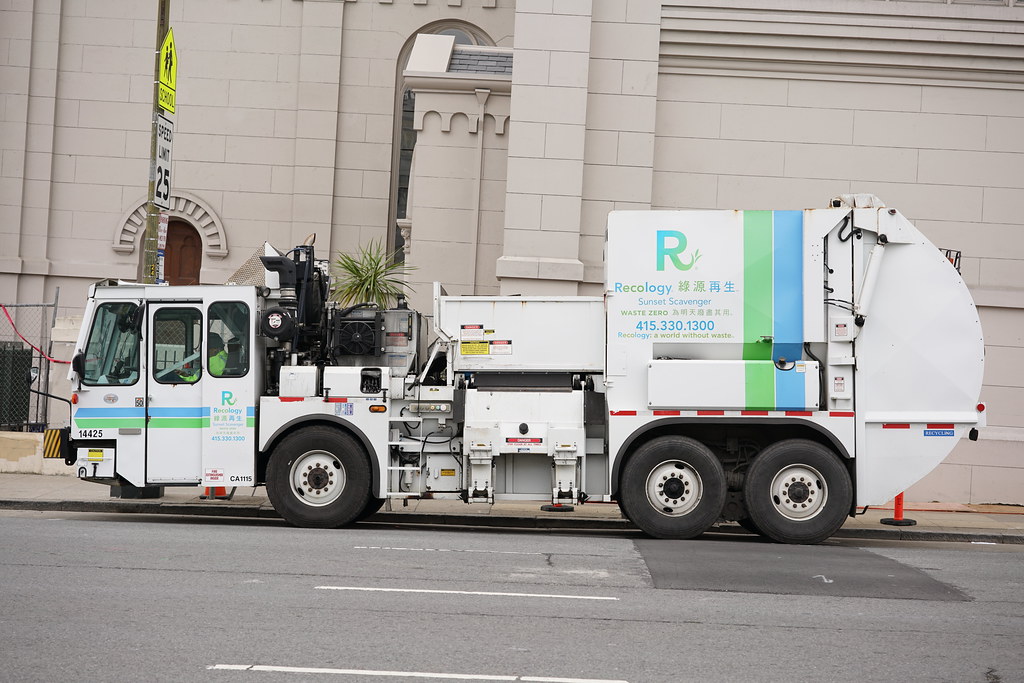https://e-info.org.tw/node/216282?utm_source=%E7%92%B0%E5%A2%83%E8%B3%87%E8%A8%8A%E9%9B%BB%E5%AD%90%E5%A0%B1&utm_campaign=cd5e8f15a4-EMAIL_CAMPAIGN_2018_11_16_02_18_COPY_01&utm_medium=email&utm_term=0_f99f939cdc-cd5e8f15a4-84956681
自己的洋垃圾自己收 舊金山下重本提升回收率
環境資訊中心外電;姜唯 翻譯;林大利 審校;稿源:ENS
一年前,中國宣布不再接受來自國外的回收材料,全世界失去了收購回收紙和塑膠的最大客戶。不過,這個變化也創造出一個買方市場——現在接收回收材料的造紙廠和製造商紛紛要求回收材料中幾乎不能含有任何雜質。有些城市表示無法達到新標準,逐步減少或暫停回收工作,其他如舊金山市則迎接挑戰,重新投入回收業,喊出「一起努力,我們可以。」(Together we can.)
舊金山的資源回收公司「Recology」為其過去一年來的成就感到自豪。2018年,Recology完成了以下行動:
1、加強與國內外回收材料買家的關係,開拓新市場。
2、斥資1400萬美元,重整舊金山96號碼頭上佔地20萬平方英尺的物料回收設施「Recycle Central」,加裝300萬美元的雨水回收系統,還裝了七台高速電腦控制的光學分揀機。
3、建造了一座先進的有機物轉運站,以擴大舊金山領先業界的路邊堆肥收集計畫。
4、向全市的住宅物業提供超過10萬個加大的回收車和縮小的不可回收車。這項措施特別成功。新的加大回收車和縮小的不可回收車鼓勵居民們回收。Recology還更新了垃圾車蓋子上的貼紙,用圖片說明什麼丟在哪裡,並將貼紙應用在該市的31萬3000個回收車和回收桶。
「繼2000年 Fantastic 3 計畫後,就屬這個計畫在減少垃圾掩埋噸位、增加回收和堆肥量上的效果最好,」Recology說。
這些措施讓Recology改善垃圾分類並減少污染,獲得更高品質的回收物資,進而使舊金山更能銷售這些回收物資,為該市的路邊收集計畫提供資金。
路邊堆肥收集不但節省垃圾填埋空間,提供當地農場肥料,減少溫室氣體排放,創造的工作機會比垃圾掩埋場多三倍。
舊金山剛剛達到了堆肥200萬噸有機材料的里程碑,並於12月19日慶祝轉運站擴建部分啟用。這筆1900萬美元的投資增加了舊金山堆肥和庭院修整廢料的收集量,從每天750噸增加到1000多噸。
Recology 2018年完成的其他工作包括安裝全舊金山最大的私有太陽能電池陣列,幫助舊金山達成2030年100%再生能源的目標。此外還有一座新的水回收系統,可減少洗車用水80%,每月可節省數千加侖的飲用水。
San Francisco Doubles Down on Recycling
When faced with a challenge, the city of San Francisco rededicated itself to recycling. One year ago, when China announced it would no longer accept shipments of recycled materials from foreign countries, the world lost its biggest customer for bales of recycled paper and recycled plastic.
This created a buyer’s market, and paper mills and manufacturers receiving recycled materials now demand bales that contain almost no impurities.

In response, some cities said they could not meet the new standard and reduced or suspended recycling efforts. By contrast, San Francisco is rising to the challenge and says, “Together we can.”
Recology, San Francisco’s resource recovery company, is taking special pride in its accomplishments to bring better recycling to the City by the Bay. Recology completed the following actions in 2018:
• Strengthened relationships with domestic and foreign buyers of recycled materials and developed new markets.
• Retooled Recycle Central, a 200,000-square-foot Material Recovery Facility on San Francisco’s Pier 96, including installation of a $3 million storm water reclamation system. After the $14 million upgrade, the recycling facility now houses seven high-speed, computer-controlled optical sorters.
• Constructed a state-of-the art organics transfer station to expand San Francisco’s industry-leading curbside composting collection program.
• Delivered more than 100,000 larger recycling and smaller landfill carts to residential properties across the City. This Recology program has been especially successful. New larger recycling bins and smaller refuse bins for residences have encouraged recycling. Recology updated its lid stickers, which use pictures to show what goes where, and applied the stickers to 313,000 carts and containers in San Francisco.
“This program has resulted in the largest decrease of landfill tonnage and increase in recycling and composting since the inception of the Fantastic 3 program in 2000,” Recology says.
These initiatives allow Recology to better sort materials and reduce contamination, resulting in higher-quality bales of finished recycling. Producing high-quality, bales enables San Francisco to market its recycled materials, which helps fund the city’s curbside collection program.
Curbside composting collection saves landfill space, sends nutrients to local farms, reduces greenhouse gas emissions, and creates three times more jobs than landfilling.

San Francisco has just hit the milestone of composting two million tons of organic materials, and on December 19 the city celebrated the opening of the West Wing, an extension of the Transfer Station. The $19 million investment gives San Francisco the capacity to increase the amount of food scraps and yard trimmings collected and transferred to composting facilities from 750 tons to more than 1,000 tons per day.
Other facility improvements completed in 2018 include installing the largest privately owned solar array in San Francisco, supporting the city’s goal of reaching 100 percent renewable energy by 2030.
Recology also installed a new water reclamation system that reduces water used for truck washing by 80 percent, saving thousands of gallons a month of drinking water.
※ 全文及圖片詳見:ENS







沒有留言:
張貼留言